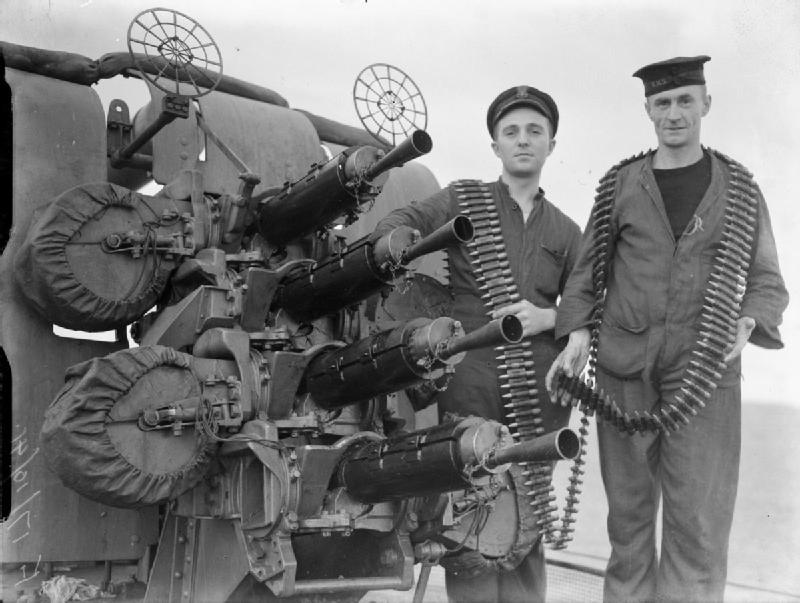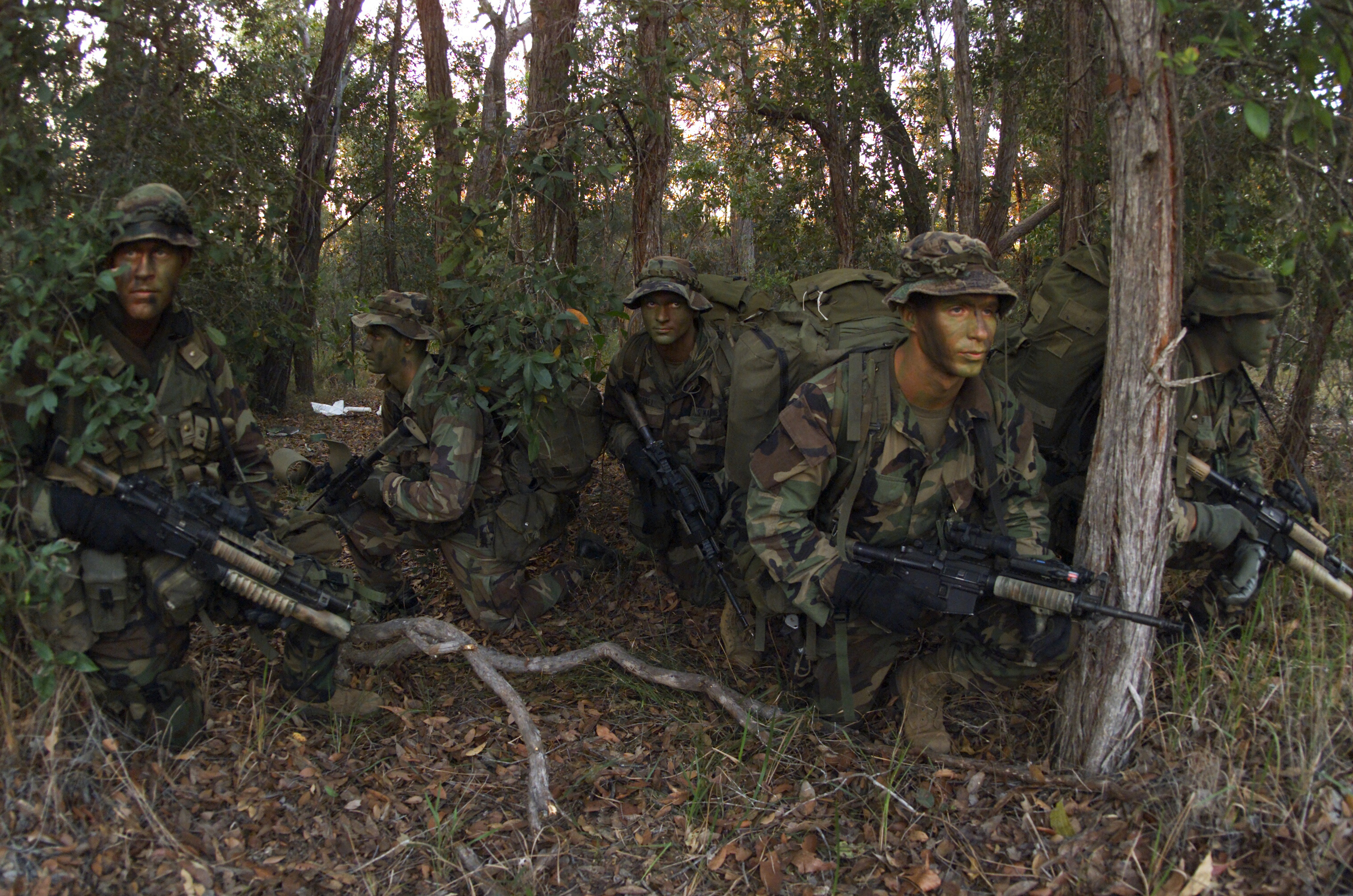|
Bristol Boarhound
The Bristol Boarhound was a British army cooperation and liaison aircraft of the 1920s. It was a two-seat biplane with wings of equal span and a steel frame construction with fabric covering. Design and development The Boarhound was built as a private venture under Air Ministry Specification 8/24 (later superseded by Specification 20/25) for an Army cooperation aircraft to replace the Bristol Fighter, first flying on 8 June 1925 as the Type 93 Boarhound. The Boarhound, designed by Captain Frank Barnwell, was a two-bay biplane which used a method of steel construction which involved high-tensile steel strips rolled into cusped and flanged sections, which were riveted together to form longerons and struts. The resulting structure was lighter, stronger, and cheaper than one made from drawn tubes. It had a deep fuselage allowing bulky radio and camera equipment to be carried, and was powered by a Bristol Jupiter IV engine with variable timing. The Boarhound was evaluated alongs ... [...More Info...] [...Related Items...] OR: [Wikipedia] [Google] [Baidu] |
Bristol Aeroplane Company
The Bristol Aeroplane Company, originally the British and Colonial Aeroplane Company, was both one of the first and one of the most important British aviation companies, designing and manufacturing both airframes and aircraft engines. Notable aircraft produced by the company include the 'Boxkite', the Bristol Fighter, the Bulldog, the Blenheim, the Beaufighter, and the Britannia, and much of the preliminary work which led to Concorde was carried out by the company. In 1956 its major operations were split into Bristol Aircraft and Bristol Aero Engines. In 1959, Bristol Aircraft merged with several major British aircraft companies to form the British Aircraft Corporation (BAC) and Bristol Aero Engines merged with Armstrong Siddeley to form Bristol Siddeley. BAC went on to become a founding component of the nationalised British Aerospace, now BAE Systems. Bristol Siddeley was purchased by Rolls-Royce in 1966, who continued to develop and market Bristol-designed engines. ... [...More Info...] [...Related Items...] OR: [Wikipedia] [Google] [Baidu] |
Bomber
A bomber is a military combat aircraft that utilizes air-to-ground weaponry to drop bombs, launch aerial torpedo, torpedoes, or deploy air-launched cruise missiles. There are two major classifications of bomber: strategic and tactical. Strategic bombing is done by heavy bombers primarily designed for long-range bombing missions against strategic targets to diminish the enemy's ability to wage war by limiting access to resources through crippling infrastructure, reducing industrial output, or inflicting massive civilian casualties to an extent deemed to force surrender. Tactical bombing is aimed at countering enemy military activity and in supporting offensive operations, and is typically assigned to smaller aircraft operating at shorter ranges, typically near the troops on the ground or against enemy shipping. Bombs were first dropped from an aircraft during the Italo-Turkish War, with the first major deployments coming in the World War I, First World War and World War II, Seco ... [...More Info...] [...Related Items...] OR: [Wikipedia] [Google] [Baidu] |
Scarff Ring
The Scarff ring was a type of machine gun mounting developed during the First World War by Warrant Officer (Gunner) F. W. Scarff of the Admiralty Air Department for use on two-seater aircraft. The mount incorporated bungee cord suspension in elevation to compensate for the weight of the gun, and allowed an airgunner in an open cockpit to swivel and elevate his weapon (a Lewis machine gun) quickly, and easily fire in any direction. Later models permitted the fitting of two Lewis guns; while this doubled the firepower available, operation of the paired guns was more cumbersome, and required considerable strength from the gunner, especially at altitude, so that many gunners preferred the original single gun - and this became the postwar standard. In either case, the mounting was simple and rugged, and gave its operator an excellent field of fire. It was widely adapted and copied for other airforces. As well as becoming a standard fitting in the British forces during the First Worl ... [...More Info...] [...Related Items...] OR: [Wikipedia] [Google] [Baidu] |
Vickers Machine Gun
The Vickers machine gun or Vickers gun is a Water cooling, water-cooled .303 British (7.7 mm) machine gun produced by Vickers Limited, originally for the British Army. The gun was operated by a three-man crew but typically required more men to move and operate it: one fired, one fed the ammunition, the others helped to carry the weapon, its ammunition, and spare parts. It was in service from before the First World War until the 1960s, with air-cooled versions of it on many Allies of World War I, Allied World War I Aviation in World War I, fighter aircraft. The weapon had a reputation for great solidity and reliability. Ian V. Hogg, in ''Weapons & War Machines'', describes an action that took place in August 1916, during which the British 100th Company of the Machine Gun Corps fired their ten Vickers guns to deliver sustained fire for twelve hours. Using 100 barrels, they fired a million rounds without breakdowns. "It was this absolute foolproof reliability which endear ... [...More Info...] [...Related Items...] OR: [Wikipedia] [Google] [Baidu] |
303 British
The .303 British (designated as the 303 British by the C.I.P. and SAAMI) or 7.7×56mmR, is a calibre Rim (firearms)#Rimmed, rimmed Tapering (firearms), tapered bottleneck centerfire rifle Cartridge (firearms), cartridge. The .303-inch bore diameter is measured between rifling Rifling, lands as is the common practice in Europe which follows the traditional black powder convention. It was first manufactured in United Kingdom, Britain as a stop-gap black powder round put into service in December 1888 for the Lee–Metford rifle. From 1891 the cartridge used smokeless powder which had been the intention from the outset, but the decision on which smokeless powder to adopt had been delayed. It was the standard British and Commonwealth of Nations, Commonwealth military cartridge for rifles and machine guns from 1889 until it was replaced by the 7.62×51mm NATO in the 1950s. Cartridge specifications The .303 British has a 3.64 litre, mL (56 grain (measure), gr H2O) cartridge case capa ... [...More Info...] [...Related Items...] OR: [Wikipedia] [Google] [Baidu] |
WikiProject Aircraft
A WikiProject, or Wikiproject, is an affinity group for contributors with shared goals within the Wikimedia movement. WikiProjects are prevalent within the largest wiki, Wikipedia, and exist to varying degrees within Wikimedia project, sibling projects such as Wiktionary, Wikiquote, Wikidata, and Wikisource. They also exist in different languages, and translation of articles is a form of their collaboration. During the COVID-19 pandemic, CBS News noted the role of Wikipedia's WikiProject Medicine in maintaining the accuracy of articles related to the disease. Another WikiProject that has drawn attention is WikiProject Women Scientists, which was profiled by ''Smithsonian Magazine, Smithsonian'' for its efforts to improve coverage of women scientists which the profile noted had "helped increase the number of female scientists on Wikipedia from around 1,600 to over 5,000". On Wikipedia Some Wikipedia WikiProjects are substantial enough to engage in cooperative activities with outsi ... [...More Info...] [...Related Items...] OR: [Wikipedia] [Google] [Baidu] |
Mexican Air Force
The Mexican Air Force (FAM; ) is the air service branch of the Mexican Armed Forces. It is a component of the Mexican Army and as such overseen by the National Defense Secretariat (SEDENA). The objective of the FAM is to defend the integrity, independence, and sovereignty of Mexico. Its auxiliary tasks include internal security, assisting with public works, and natural disaster management. As of 2024, its commander is Óscar René Rubio Sánchez. History Mexican Revolution The foundation of the Mexican Air Force was led by five Mexican flight pioneers who were sent to New York by President Francisco I. Madero, Francisco Madero to master flying: Aldasoro brothers, Juan Pablo and Eduardo Aldasoro, Alberto and Gustavo Salinas and Horacio Ruiz. They returned to Mexico in 1913 not only as pioneers, but also teachers for the next generation of pilots. The official predecessor of the Air Force was the Army's Auxiliary Aerial Militia Squadron (), created during the Mexican Revoluti ... [...More Info...] [...Related Items...] OR: [Wikipedia] [Google] [Baidu] |
Fighter Aircraft
Fighter aircraft (early on also ''pursuit aircraft'') are military aircraft designed primarily for air-to-air combat. In military conflict, the role of fighter aircraft is to establish air supremacy, air superiority of the battlespace. Domination of the airspace above a battlefield permits bombers and attack aircraft to engage in tactical bombing, tactical and strategic bombing of enemy targets, and helps prevent the enemy from doing the same. The key performance features of a fighter include not only its firepower but also its high speed and maneuverability relative to the target aircraft. The success or failure of a combatant's efforts to gain air superiority hinges on several factors including the skill of its pilots, the tactical soundness of its doctrine for deploying its fighters, and the numbers and performance of those fighters. Many modern fighter aircraft also have secondary capabilities such as ground-attack aircraft, ground attack and some types, such as fighter-b ... [...More Info...] [...Related Items...] OR: [Wikipedia] [Google] [Baidu] |
Reconnaissance
In military operations, military reconnaissance () or scouting is the exploration of an area by military forces to obtain information about enemy forces, the terrain, and civil activities in the area of operations. In military jargon, reconnaissance is abbreviated to ''recce'' (in British, Canadian, Australian English) and to ''recon'' (in American English), both derived from the root word ''reconnoitre'' / ''reconnoitering''. The types of reconnaissance include patrolling the local area of operations and long-range reconnaissance patrols, which are tasks usually realized in the United States of America by U.S. Army Rangers, cavalry scouts, and military intelligence specialists, using navy ships and submarines, Aerial reconnaissance, reconnaissance aircraft, satellites to collect raw intelligence; and establishing observation posts. Moreover, espionage is different from reconnaissance, because spies work as civilians in enemy territory. Etymology The word is derived from the ... [...More Info...] [...Related Items...] OR: [Wikipedia] [Google] [Baidu] |
Filton Aerodrome
Filton Airport or Filton Aerodrome was a private airport in Filton and Patchway, within South Gloucestershire, north of Bristol, England. Description The airfield was bounded by the A38 road to the east, and the former London to Avonmouth railway line to the south. To the north it was bounded by the Filton Bypass. A major road now crosses this bypass, running across former airfield land and linking Filton and Patchway to Cribbs Causeway. The housing development of Charlton Hayes is being built on the section of the airfield that is in the town of Patchway. The airfield had a United Kingdom Civil Aviation Authority Ordinary Licence (number P741) allowing flights for the public transport of passengers or for flying instruction as authorised by the licensee. Several private jets had the airfield as their home. Filton's runway was wider than most, at 91 m (300 ft), and had a considerable length of 2,467 m (8,094 ft), having been extended for the maiden f ... [...More Info...] [...Related Items...] OR: [Wikipedia] [Google] [Baidu] |








